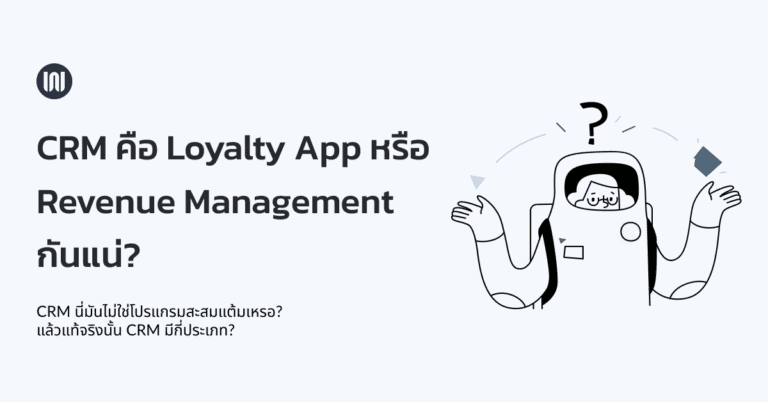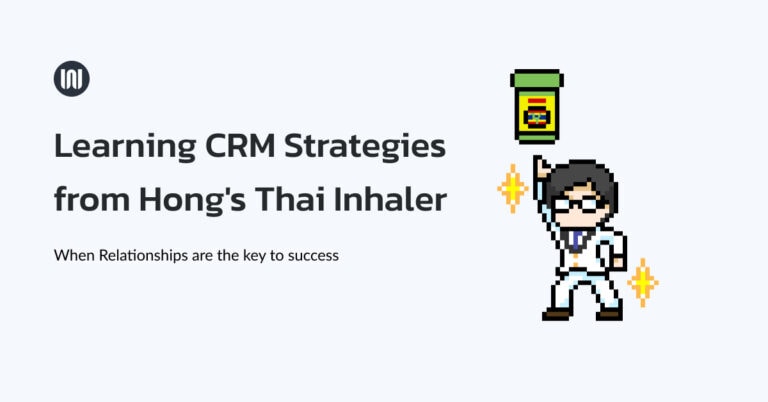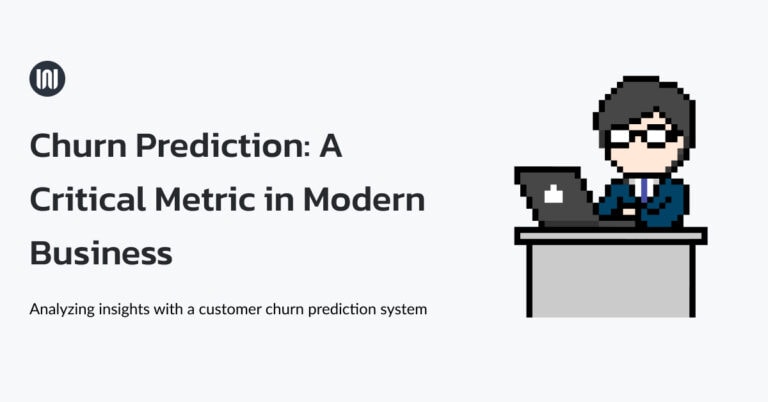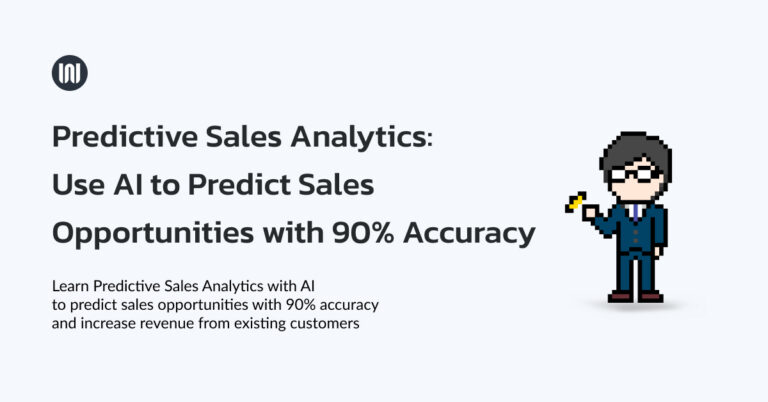Revenue Forecasting with AI: Achieving 85% Accuracy

Riki Kimura
Digital Marketing Executive at Wisible
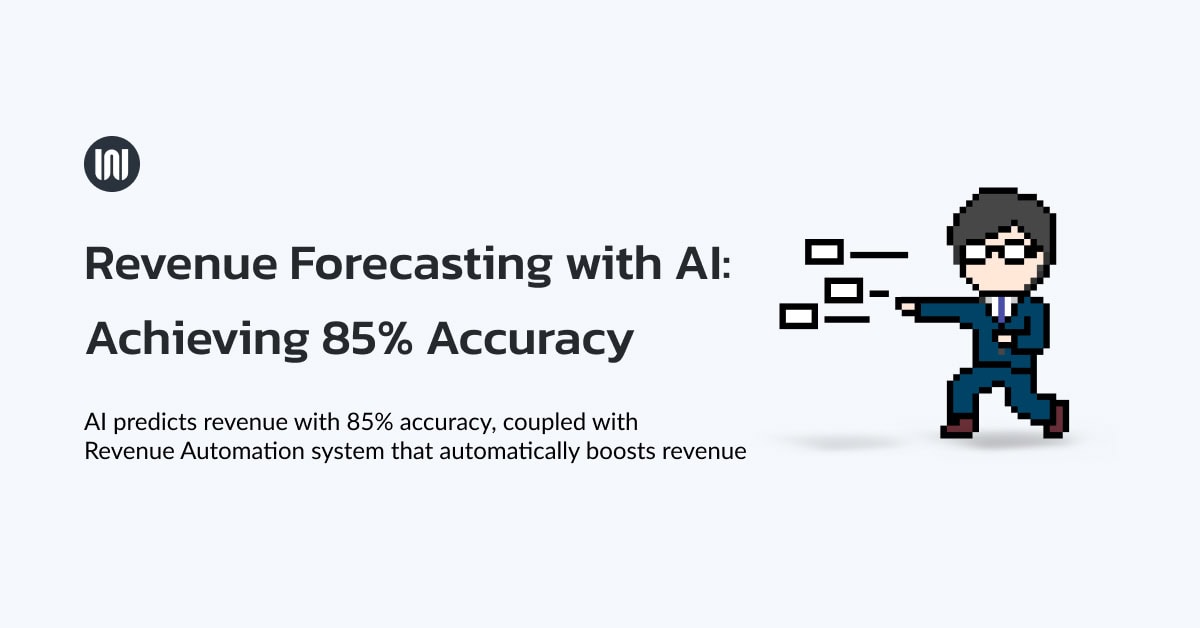
What if we could predict revenue with 85% accuracy instead of the usual 50–60%—how would that transform our business?”
This was the question I asked myself after seeing the results of AI-powered revenue forecasting trialed by one of Wisible’s clients.
With over 20 years of experience working with B2B companies, I’ve witnessed the shift from Excel spreadsheets to AI-driven revenue prediction—and the astonishing jump in forecasting accuracy.
But how does AI-based revenue forecasting actually work? How does it differ from traditional sales forecasting? And why are so many businesses now reaching 85% accuracy?
What Is Revenue Forecasting? A Clear Definition
Revenue forecasting is the process of estimating the total future revenue a business will generate from all channels and sources—far beyond just projecting individual product sales.
In consulting hundreds of South East Asia (SEA) businesses, I often find people confusing:
- Sales Forecasting = predicting the quantity of products or services sold
- Revenue Forecasting = projecting total revenue from every source, including:
- Core product sales
- Ancillary services
- Repeat purchases from existing customers
- Cross-selling and upselling
- Contract renewals
Why Revenue Forecasting Is More Complex Than Sales Forecasting
Revenue forecasting must consider a wider range of variables, for example:
- Customer Lifetime Value (CLV)
Estimating how long each customer will stay with the business and how much revenue they’ll generate over time. - Seasonal & Cyclical Patterns
Accounting for seasonal peaks, economic cycles, and other recurring fluctuations in revenue. - Market Conditions
Factoring in competitive dynamics, macroeconomic trends, and external events that impact revenue. - Product Portfolio Performance
Understanding each product’s lifecycle stage and its individual contribution to overall revenue.
AIAI Revenue Forecasting Accuracy: Why It’s More Accurate Than Traditional Methods
The Problems with Traditional Revenue Forecasting
Before AI, most South East Asia (SEA) businesses relied on:
- Historical Data + Growth Rate
Multiplying last year’s revenue by an assumed growth percentage—ignoring real market shifts. - Bottom‐Up Forecasting
Aggregating each salesperson’s estimates, which are prone to optimistic or conservative bias. - Spreadsheet Modeling
Building complex Excel models that can’t process large data volumes efficiently.
These approaches typically only reach about 50–60% accuracy, making strategic planning highly risky.
AI‐Powered Revenue Prediction: A Game-Changer
AI transforms revenue forecasting by enabling back-testing: you ask the model to “predict” last year’s demand, then compare it to actual sales. A model must hit at least 70% accuracy in back-test to be usable in practice.
- Big Data Processing & Continual Learning
AI ingests data from CRM, ERP, finance, marketing, and—as your full Sales CRM Platform ramps up—ever more sources. Like a student practicing more exercises, the model continually learns and becomes smarter, steadily boosting accuracy. - Deal Scoring Integrated with Demand Forecasting
Deal scoring evaluates every opportunity’s close probability. Combined with average sales cycle length and win rate, it feeds into much more precise demand (and revenue) forecasts. - Granular, Customer-Level Predictions
The ML model forecasts for each customer: what they’ll buy, in what quantity, and when. Demand forecasting thus covers:- Who will buy
- What SKU they’ll purchase
- How much of each item
- When they’ll order
- Real-Time Adaptation & Automation
The model updates instantly when new data arrives—no need to wait for month-end or quarter-end reports. - Multiple Scenario Modeling
Generating best-case, worst-case, and most-likely forecasts, each with its probability.
Case Study: A South East Asia (SEA) Industrial Equipment Supplier
Challenges:
- Wild revenue swings month to month
- Inaccurate forecasts leading to procurement errors
- Uncertainty about which customers would pause orders
Implementing AI Revenue Automation:
- Data Integration: Merge ERP, CRM, and financial data.
- Customer Segmentation: Group clients by purchase patterns and reorder timing.
- Predictive Modeling: Build models to forecast each segment’s orders.
- External Factor Integration: Incorporate auto-manufacturing indices and macroeconomic data.
Results:
- Accuracy rose from 55% to 83% (versus a 70% usability threshold)
- Inventory days reduced from 45 to 28
- Revenue uplift of 12% by capturing more sales opportunities
- Financial cost savings of 8% via better cash-flow planning
- Implementation timeline: 3–6 months
- Repeat-purchase gains appeared earliest among existing customers
Automated Revenue Forecasting: 24/7 Intelligence
Key Benefits:
- Real-Time Updates: Forecasts adjust instantly with new data.
- Early-Warning System: Alerts when revenue drifts below targets.
- Scenario Planning: Prepares multiple contingency plans.
- Resource Optimization: Allocates resources more efficiently.
A Deloitte study found AI forecasting delivers 20–30% higher accuracy than traditional methods.
Revenue Forecasting vs. Sales Forecasting
Coffee Shop Example:
- Sales Forecasting: How many cups of coffee or slices of cake will sell today?
- Revenue Forecasting: What total revenue will coffee, cake, memberships, and catering generate—and what will cash flow look like over the month?
For B2B businesses with diverse products, customer segments, and revenue streams, revenue forecasting paints a far more complete picture.
Predictive Revenue Analytics: The Tech Behind It
Machine Learning Models Used:
- Time-Series Analysis: Identifies trends, seasonality, and cycles.
- Regression Models: Discovers relationships among revenue drivers.
- Classification Algorithms: Segments customers by repurchase likelihood and value.
- Neural Networks: Captures complex patterns that other algorithms miss.
External Data Integration:
- Economic Indicators: GDP, inflation, interest rates
- Industry Data: Production indices, commodity prices
- Seasonal Factors: Holidays, seasons, special events
- Competitive Intelligence: Competitor activity
An MIT Sloan study showed that adding external data boosts forecasting accuracy by 15–25%.
Getting Started with AI Revenue Forecasting in South East Asia (SEA)
Compare forecasts to actuals and refine until accuracy meets your 75–85% goal
Data Audit & Preparation
- Gather ≥24 months of revenue history
- Customer details: type, size, location
- Product/service info: category, margin, lifecycle
- Marketing data: campaigns, promos, channels
Ensure data is accurate, complete, and consistent.
Choose the Right Tool
- Excel + Add-ins: Low cost but no real-time updates
- BI Platforms (Power BI, Tableau): Great visuals, needs analyst skills
- AI-Powered Platforms (Wisible, Salesforce Einstein, HubSpot): User-friendly, language support, requires investment
Pilot & Validate
- Use the last 6 months of data as a test set
- Train on the preceding 18 months
- Compare forecasts to actuals and refine until accuracy meets your 75–85% goal
Revenue Forecasting Models for Different Types of South East Asia (SEA) Businesses
B2B Manufacturing
Characteristics:
- Long lead times
- Revenue depends on customers’ production cycles
- Impacted by commodity prices
Recommended Models:
- Time-series analysis + external economic indicators
- Customer-specific forecasting based on production plans
- Inventory-optimization integration
Software/SaaS Businesses
Characteristics:
- Recurring-revenue model
- Must account for churn rate
- Expansion within existing accounts
Recommended Models:
- Cohort-based revenue forecasting
- Churn-prediction integration
- Customer-lifetime-value modeling
Trading/Distribution Businesses
Characteristics:
- Revenue fluctuates with retailers’ orders
- Impacted by seasonal demand
- High price competition
Recommended Models:
- Demand-sensing models
- Price-elasticity integration
- Retail-partner performance analysis
Based on Wisible’s experience working with chemical-industry clients and managing sales pipelines across various sectors.
Challenges of AI-Based Revenue Forecasting in South East Asia (SEA)
Data Limitations
- Data Quality Issues: Many South East Asia (SEA) businesses store data unsystematically or across multiple disconnected systems.
- Historical Data Shortage: SMEs often lack enough historical records for robust AI training.
- External Data Availability: South East Asia (SEA) economic and industry data can be less complete than in more developed markets.
Human-Error Risks in Data Entry
“Where there are humans, there will always be problems.”
Workflows should minimize manual steps to those only humans can perform (e.g., customer negotiations).
Control Methods:
- Pre-Audit: Validate critical entries before proceeding (e.g., any discount >10% must be manager-approved).
- Post-Audit: Permit fast, unapproved actions initially and then audit later (e.g., logging “deal lost” events immutably for review).
Technological Limitations
- Technical Expertise: Shortage of professionals versed in both AI and business domains.
- Infrastructure Limitations: SME IT environments may not support multi-source data integration.
- Cost Considerations: AI development and maintenance can be expensive relative to business scale.
South East Asia (SEA)-Specific Solutions
Based on Wisible’s work with hundreds of clients to exceed performance targets, the best approach for South East Asia (SEA) businesses is to:
- Start Small, Scale Up
Begin with existing data (even Excel) and incrementally add complexity; adopt a Sales CRM when ready. - SaaS-Based Platforms
Leverage cloud-based revenue-automation AI for enterprise-grade features at accessible costs. - Automated Lead Distribution
- Sequential: Rotate leads evenly among sales reps.
- Skill-Based: Route leads to specialists (e.g., machinery inquiries → machinery expert).
- Local Support & Customization
Partner with providers who understand the South East Asia (SEA) market and offer language support. - Hybrid & Human-in-the-Loop
Merge AI predictions with human judgment for actionable, accurate outcomes. - Marketing-Ecosystem Integration
Sales CRM events feed into ad platforms, CDPs, etc., enabling budget shifts to boost performance without extra spend.
ROI of Investing in AI Revenue Forecasting
Simple ROI Calculation
Assume a business has annual revenue of ฿50 million:
Expected Benefits:
- +25% accuracy → fewer planning errors → saves 2–3% of revenue → ฿1–1.5 million
- –20% inventory → lower financing costs → saves ฿0.5–1 million
- +10% cross-sell → additional revenue → ฿5 million
Total annual benefit: ฿6.5–7.5 million
Costs:
- AI revenue-automation platform: ฿300,000–500,000 per year
- Implementation & training: ฿200,000 (one-time)
Calculated ROI: (7,000,000 – 500,000) / 500,000 = 1,300% per year
Hard-to-Quantify Benefits
Beyond the numeric ROI, AI forecasting also delivers:
- Faster, better decision-making
- Greater confidence in planning
- Reduced risk from bad forecasts
- A sustained competitive edge
The Future of Revenue Forecasting in South East Asia (SEA)
Key Trends to Watch
- IoT Data Integration
Real-time usage data from IoT devices sharpens demand predictions. - Social Media Sentiment Analysis
Mining social sentiment to anticipate market demand. - Blockchain for Data Verification
Ensuring data integrity via immutable ledgers. - Edge AI Computing
Processing AI at the data source to cut latency.
Impact on South East Asia (SEA) Businesses
According to BCG, over the next five years:
- 70% of B2B firms will adopt AI for revenue forecasting
- Non-adopters risk a 15–20% competitive disadvantage
- AI tools will shift from “nice-to-have” to “must-have”
For South East Asia (SEA) companies, this is a chance to leap ahead of rivals still using spreadsheets and secure enduring advantages.
Getting Started with AI Revenue Forecasting Today
Checklist
- Assess Readiness (1 week)
- Audit existing data quality
- Identify current forecasting pain points
- Set target accuracy levels
- Choose Your Tool (2 weeks)
- Compare platform options
- Run a pilot project
- Estimate expected ROI
- Implementation (4–8 weeks)
- Prepare and cleanse data
- Deploy and configure the solution
- Train users and conduct acceptance testing
- Optimization (Ongoing)
- Monitor accuracy and refine models
- Ingest new data and expand scope
- Track realized ROI and benefits
Early adopters gain a competitive edge: AI becomes a “silent sales team” working 24/7, continuously feeding your pipeline and alerting you the moment an opportunity is at risk.
“AI doesn’t replace salespeople; it makes each salesperson 10× more effective.”
From forecasting to data-driven operations
Revenue Forecasting ด้วย AI ไม่ใช่แค่การทำนาย แต่มันคือการเปลี่ยนแนวคิดของธุรกิจจาก:
AI-driven revenue forecasting isn’t just about making predictions—it’s a complete shift in mindset from:
❌ Relying on gut feel or unpredictable spreadsheets
✅ To data-driven decisions powered by AI that continuously learns and adapts
For B2B owners aiming to grow from ฿100 M to ฿150 M or ฿200 M without hiring more people, Revenue Automation AI is a true game-changer.
It lets you:
- See your revenue outlook 1–3 months in advance
- Cut the risk of planning errors
- Make cash-flow and inventory decisions with confidence
- Boost income from existing customers without extra ad spend
- And most importantly: scale your business without adding sales headcount
If you’re still using Excel or guesswork to plan revenue, now is the perfect time to transform—your competitors may already be ahead.

